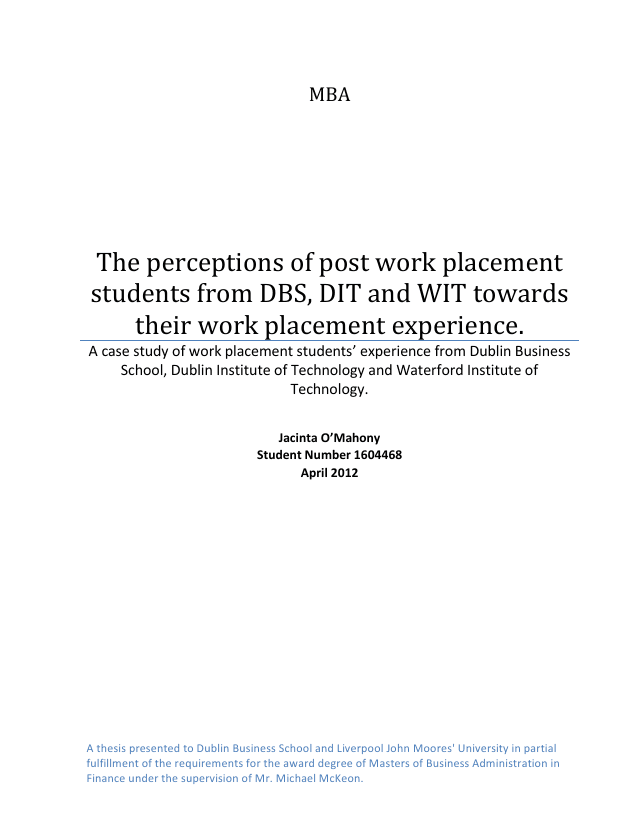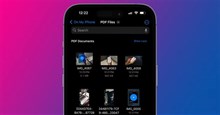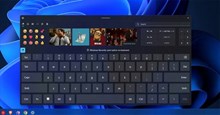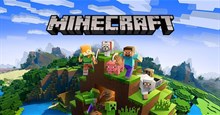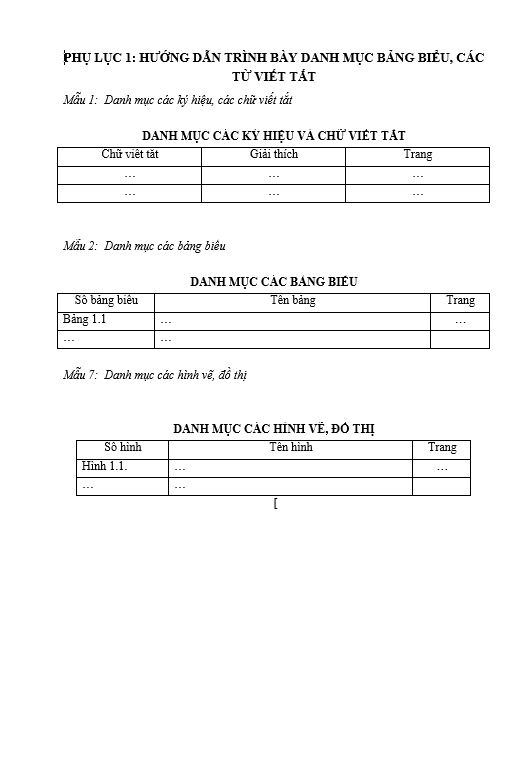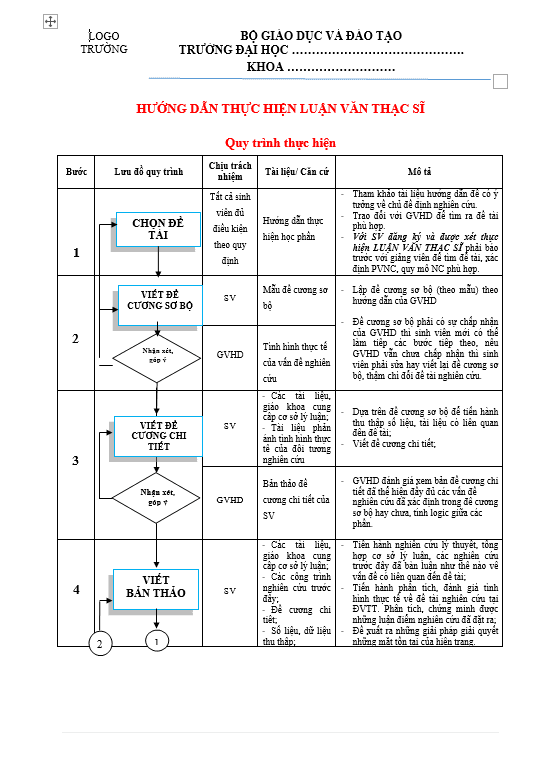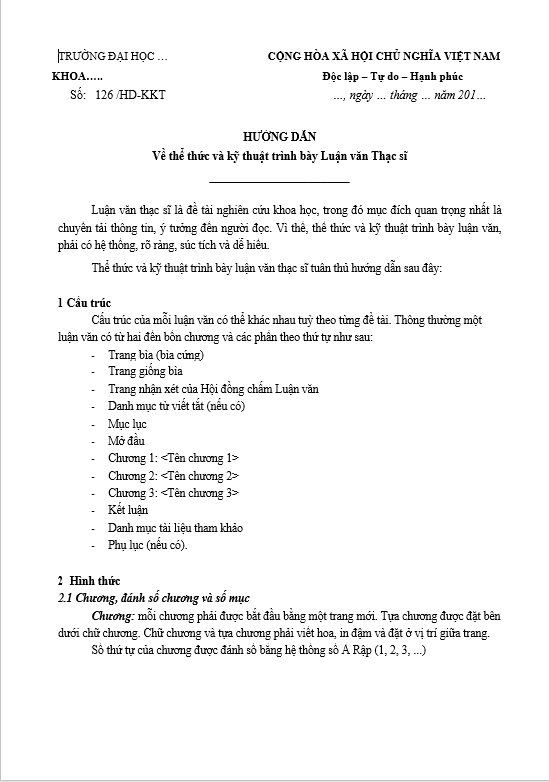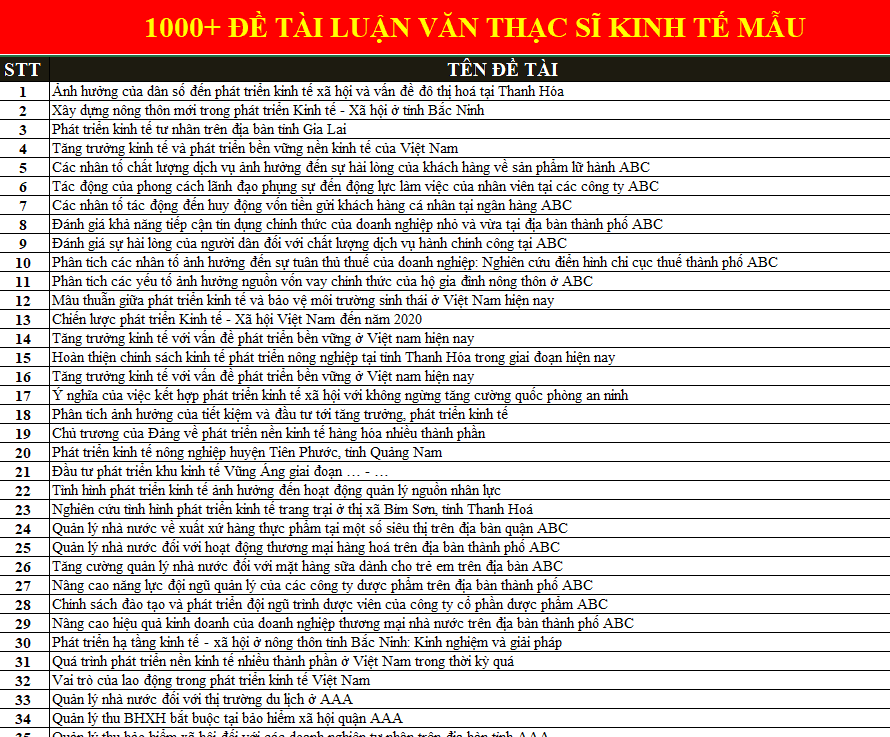TABLE OF CONTENTS
List of Tables / Illustrations ……………………………………………………………………………………….. 4
Acknowledgements ………………………………………………………………………………………………….. 5
Abstract ………………………………………………………………………………………………………………….. 6
Chapter 1: Introduction ……………………………………………………………………………………………………… 7
1.1 Background to this research …………………………………………………………………………… 8
1.2 Objectives of this research ……………………………………………………………………………… 9
1.3 Research Structure ………………………………………………………………………………………. 10
1.4 Recipients of this research ……………………………………………………………………………. 11
1.5 Scope and limitations to the research ……………………………………………………………. 11
Chapter 2: Literature Review …………………………………………………………………………………………….. 13
2.1 Introduction……………………………………………………………………………………………………… 14
2.2 To ascertain the students’ level of satisfaction with the whole experience ………………. 15
Conclusion …………………………………………………………………………………………………………….. 17
2.3 To ascertain if the students accrued benefits by developing career oriented skills and if
so which skills? ………………………………………………………………………………………………………. 17
Conclusion …………………………………………………………………………………………………………….. 18
2.4 To ascertain whether the experience has changed the students’ attitudes to and
expectations of the workplace and important employment traits ………………………………… 19
Conclusion …………………………………………………………………………………………………………….. 20
2.5 To ascertain the students’ current status and career outcome ……………………………….. 20
Conclusion …………………………………………………………………………………………………………….. 21
Literature review conclusion ……………………………………………………………………………………. 22
Chapter 3: Research Methods and Methodology …………………………………………………………………… 23
3.1 Introduction……………………………………………………………………………………………………… 24
Figure 3.01 Saunders’ Research Onion ……………………………………………………………………………………. 25
3.2 The Research Philosophy …………………………………………………………………………………… 25
3.3 The Approaches Layer ……………………………………………………………………………………….. 27
Figure 3.02: Research approach ……………………………………………………………………………………………… 29
3.4 The Strategies Layer ………………………………………………………………………………………….. 29
3.5 The Choices Layer ……………………………………………………………………………………………… 31
3.6 The Time Horizons Layer ……………………………………………………………………………………. 32
3.7 Data Collection and Data Analysis ……………………………………………………………………….. 33
3.7.1 Secondary Data Collection ………………………………………………………………………………. 33
3.7.2 Primary Qualitative Data Collection ………………………………………………………………….. 33
3.7.3 Primary Quantitative Data Collection ……………………………………………………………….. 34
3.7.4 Data Analysis …………………………………………………………………………………………………. 37
3.8 Population and Sample ……………………………………………………………………………………… 38
3.9 Ethical issues in data collection …………………………………………………………………………… 39
3.10 Limitations to the Research ……………………………………………………………………………… 39
Chapter 4: Data Analysis & Findings ……………………………………………………………………………………. 40
4.1 Analysis of Primary Quantitative data ………………………………………………………………….. 41
4.1.1 Demographics & work placement details of questionnaire participants ……………….. 41
4.1.2 Objective 1: To ascertain the students’ level of satisfaction with the overall
experience …………………………………………………………………………………………………………….. 43
4.1.3 Objective 2: To ascertain if the students accrued benefits by developing career
oriented skills and if so which skills? …………………………………………………………………………. 49
4.1.4 Objective 3: To ascertain whether the experience has changed the students’
attitudes to and expectations of the workplace and important employment traits. ……….. 50
4.1.5 Objective 4: To ascertain the students’ current status and career outcome. ………… 52
4.2 Analysis of Primary Qualitative data ……………………………………………………………………. 53
4.2.2 Research Objective 1: ……………………………………………………………………………………… 53
4.2.3 Research Objective 2: ……………………………………………………………………………………… 55
4.2.4 Research Objective 3: ……………………………………………………………………………………… 57
4.2.5 Research Objective 4: ……………………………………………………………………………………… 58
Chapter 5: Conclusions & Recommendations ……………………………………………………………………….. 59
5.1 Introduction……………………………………………………………………………………………………… 60
5.2 Conclusion on Objective 1: …………………………………………………………………………………. 60
5.3 Conclusion on Objective 2: …………………………………………………………………………………. 62
5.4 Conclusion on Objective 3: …………………………………………………………………………………. 63
5.5 Conclusion on Objective 4: …………………………………………………………………………………. 64
5.7 Conclusion on Research Question: ………………………………………………………………………. 65
5.8 Researchers Recommendations ………………………………………………………………………….. 66
5.9 Suggested topic for future research …………………………………………………………………….. 66
Chapter 6: Self-Reflection on Own Learning & Performance …………………………………………………. 67
6.1 Introduction……………………………………………………………………………………………………… 68
6.2 My Personality Type ………………………………………………………………………………………….. 68
6.3 What is learning? ………………………………………………………………………………………………. 68
Figure 6.01: The Honey & Mumford Learning Cycle………………………………………………………………….. 69
6.4 Skills identified and acquired during the learning process ……………………………………… 70
6.5 My learning style preference ……………………………………………………………………………… 71
Figure 6.02: The Honey & Mumford Learning Cycle and Styles …………………………………………………… 71
Figure 6.03: Characteristics of a Reflector and a Theorist ……………………………………………………………. 72
6.6 How can I continue to become a more effective learner?………………………………………. 72
Figure 6.04: Table to address my under-utilized learning style …………………………………………………….. 73
6.7 Conclusion: ………………………………………………………………………………………………………. 74
Figure 6.05: Extract from my Personal Development Plan to develop under-utilised learning
areas …………………………………………………………………………………………………………………………………… 74
Reference &Bibliography ………………………………………………………………………………………………….. 75
Books: …………………………………………………………………………………………………………………………… 76
References for Literature Review ……………………………………………………………………………………… 77

